Highlights of thirty-year experience of CO2 laser use at the Florence (Italy) department of dermatology
- PMID: 22593693
- PMCID: PMC3347966
- DOI: 10.1100/2012/546528
Highlights of thirty-year experience of CO2 laser use at the Florence (Italy) department of dermatology
Abstract
The CO(2) laser has been used extensively in dermatological surgery over the past 30 years and is now recognised as the gold standard for soft tissue vaporization. Considering that the continuous wave CO(2) laser delivery system and the newer "superpulsed" and scanned CO(2) systems have progressively changed our practice and patient satisfaction, a long range documentation can be useful. Our experience has demonstrated that the use of CO(2) laser involves a reduced healing time, an infrequent need for anaesthesia, reduced thermal damage, less bleeding, less inflammation, the possibility of intra-operative histologic and/or cytologic examination, and easy access to anatomically difficult areas. Immediate side effects have been pain, erythema, edema, typically see with older methods, using higher power. The percentage of after-treatment keloids and hypertrophic scars observed was very low (~1%) especially upon the usage of lower parameters. The recurrence of viral lesions (condylomas and warts) have been not more frequent than those due to other techniques. Tumor recurrence is minor compared with radiotherapy or surgery. This method is a valid alternative to surgery and/or diathermocoagulation for microsurgery of soft tissues. Our results are at times not consistent with those published in the literature, stressing the concept that multicentric studies that harmonization methodology and the patient selection are vital.
Figures

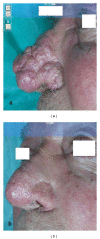

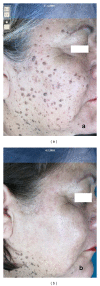

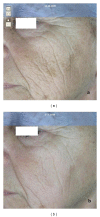
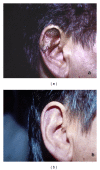
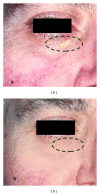
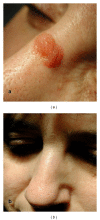

References
-
- Tanzi EL, Lupton JR, Alster TS. Lasers in dermatology: four decades of progress. Journal of the American Academy of Dermatology. 2003;49(1):1–31. - PubMed
-
- Fitzpatrick RE, Goldman MP, Ruiz-Esparza J. Clinical advantage of the CO2 laser superpulsed mode: treatment of verruca vulgaris, seborrheic keratoses, lentigines, and actinic cheilitis. Journal of Dermatologic Surgery and Oncology. 1994;20(7):449–456. - PubMed
-
- Alster TS, Kauvar ANB, Geronemus RG. Histology of high-energy pulsed CO2 laser resurfacing. Seminars in Cutaneous Medicine and Surgery. 1996;15(3):189–193. - PubMed
-
- Reid R. Physical and surgical principles governing carbon dioxide laser surgery on the skin. Dermatologic Clinics. 1991;9(2):297–316. - PubMed
-
- Vaderhobli RM, White JM, Le C, Ho S, Jordan R. In vitro study of the soft tissue effects of microsecond-pulsed CO2 laser parameters during soft tissue incision and sulcular debridement. Lasers in Surgery and Medicine. 2010;42(3):257–263. - PubMed
MeSH terms
LinkOut - more resources
Full Text Sources
Miscellaneous

